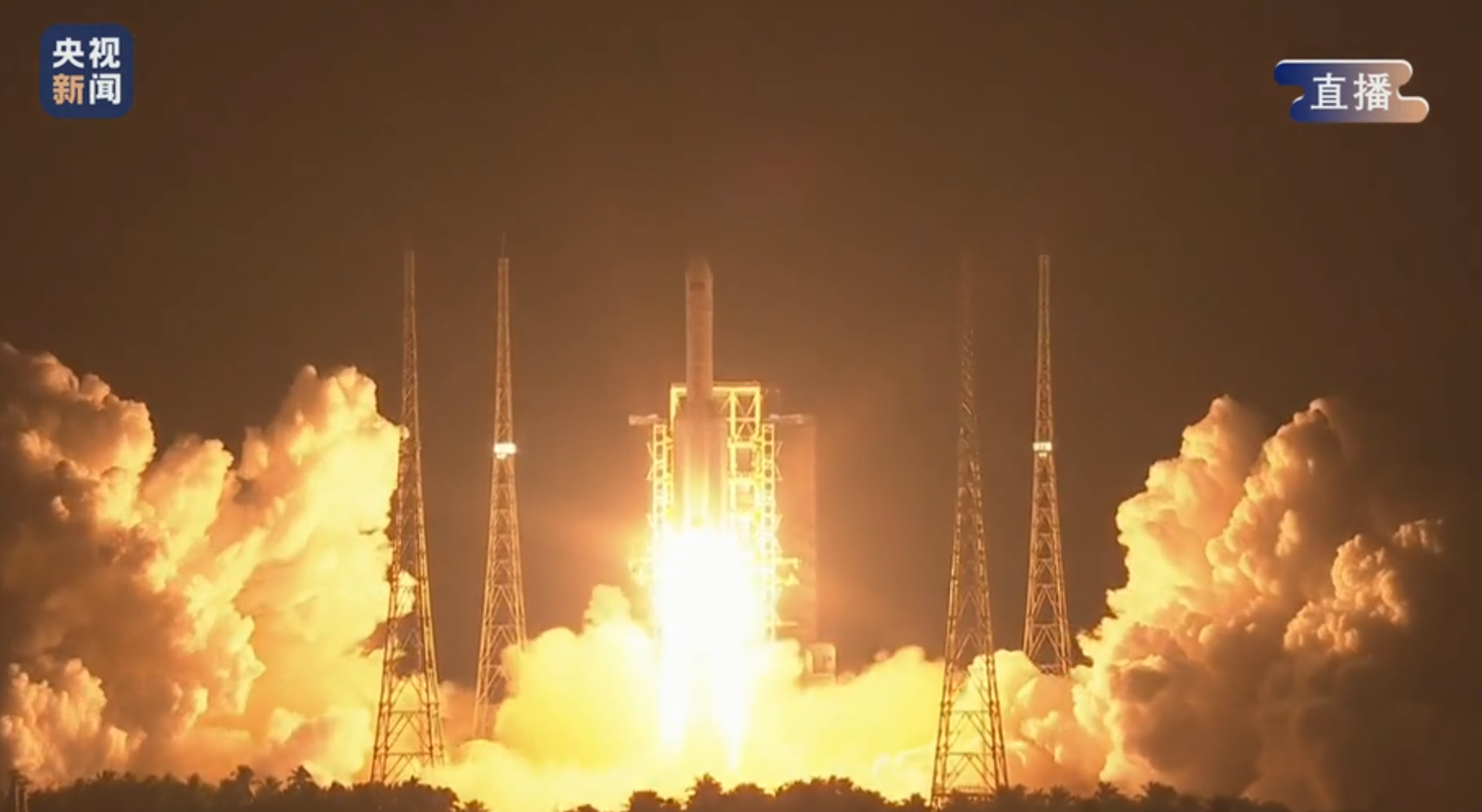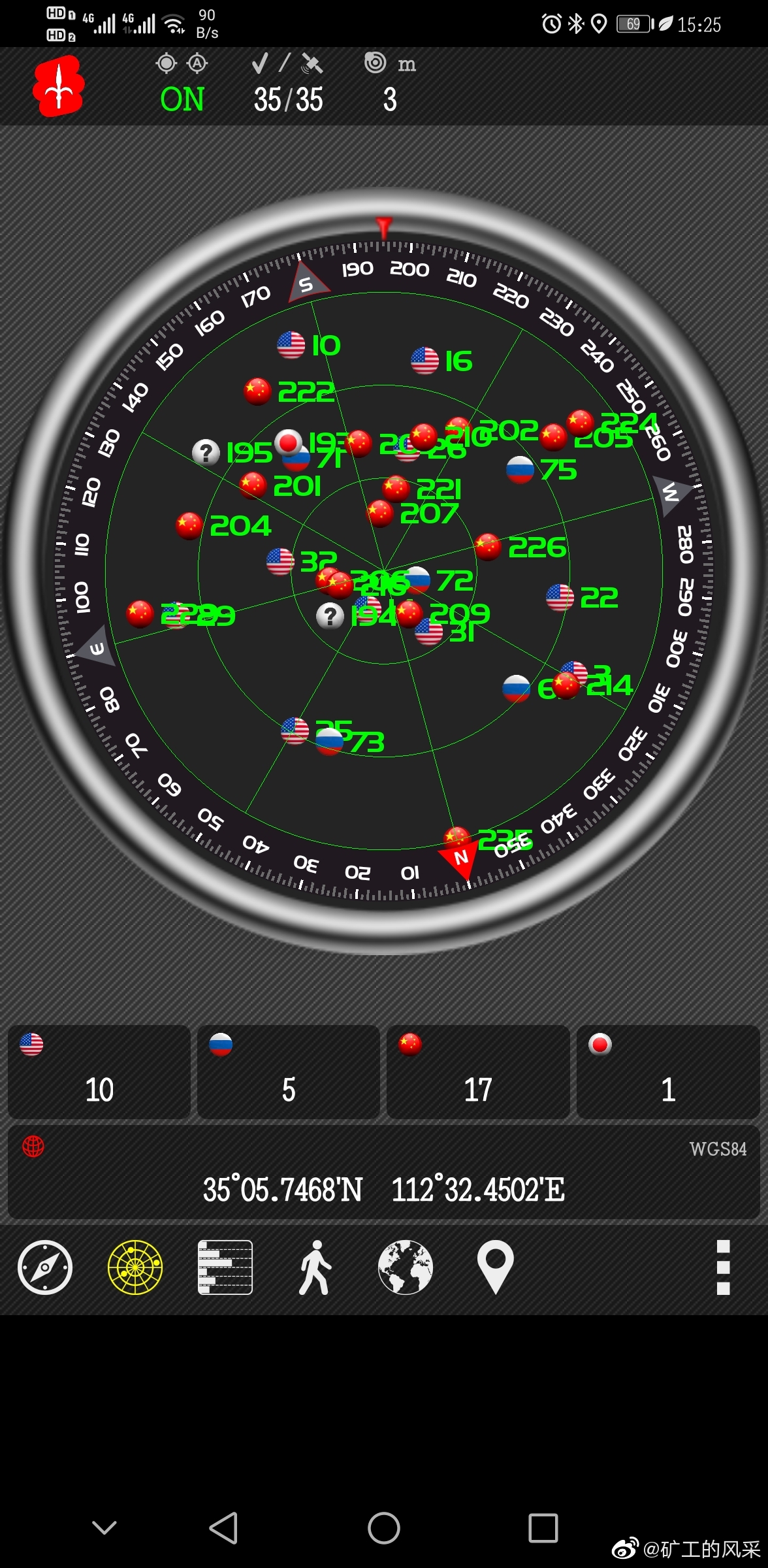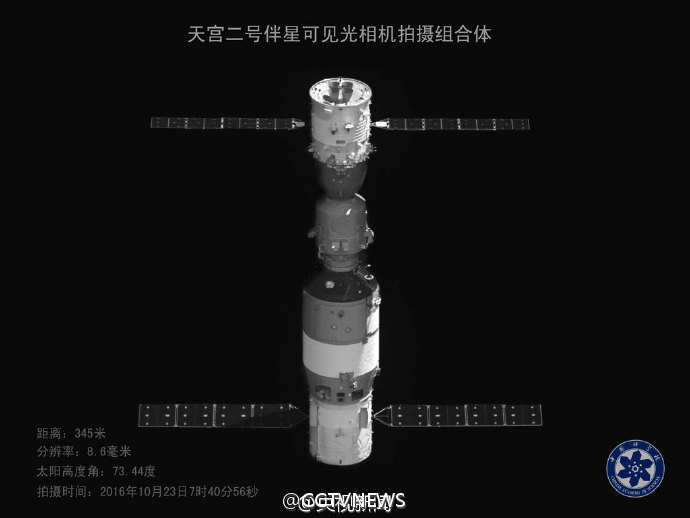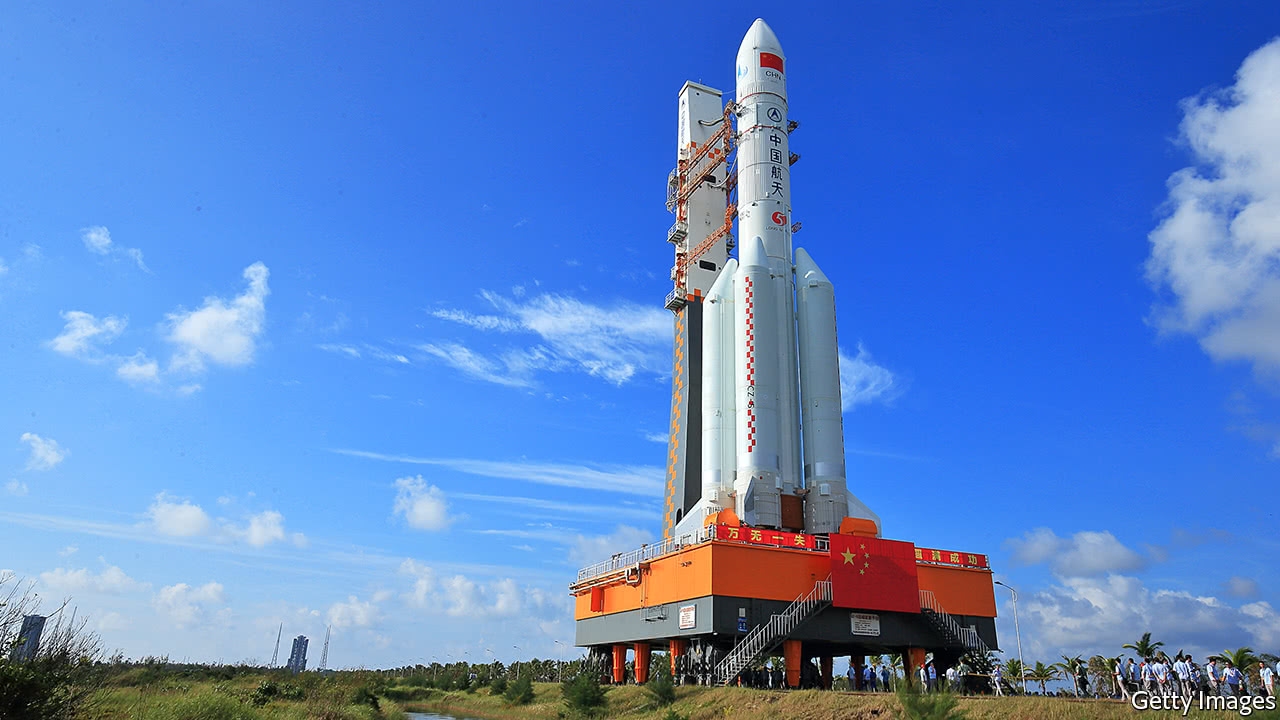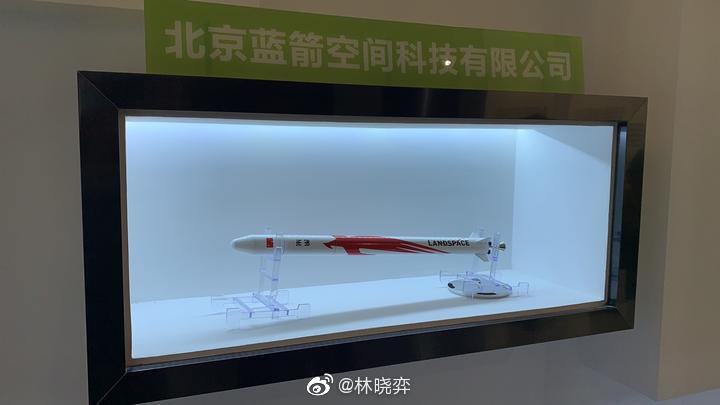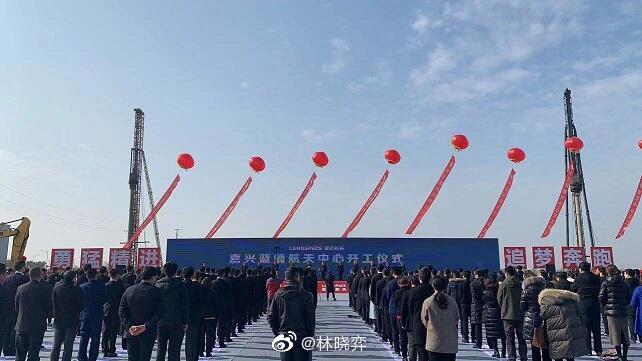China decouples from US in space with 2020 'GPS' completion
70% of Chinese smartphones now compatible with Beidou
DECEMBER 28, 2019 03:03 JST
A model of the Beidou Satellite Navigation System: China is offering the services of Beidou to countries in ASEAN, South Asia, Africa and East Europe, creating a new bloc of friends. © Xinhua
BEIJING -- China announced Friday that it is just months away from completing its Beidou satellite-based positioning system as it moves to reduce its reliance on America's GPS in both in telecommunications and for its military.
The final two satellites will be launched by June, completing the 35-satellite network, Ran Chengqi, spokesperson for the Beidou Navigation Satellite System, told reporters in Beijing. The number of satellites in operation will trump the roughly 30 used by the U.S.-owned Global Positioning System.
From modern farming to smart ports to a text messaging service, China is trying to build an ecosystem independent of the GPS and open it to Southeast Asia, South Asia, Africa and Eastern Europe.
This effort pushes decoupling between Washington and Beijing, which are poised to enter year three of a trade war, to the final frontier of space.
Over 70% of Chinese smartphones are equipped to tap into Beidou's positioning services, Ran said. The system also plays a role in fifth-generation wireless communications, an area where China's Huawei Technologies is in the vanguard of technological development.
"The integration of Beidou and 5G is an important sign on the path toward China's development of information technology," he said.
Named after the Chinese term for the Big Dipper constellation, Beidou now has related products exported to about 120 trading partners, up from roughly 90 at the end of last year. These exports mostly overlap with President Xi Jinping's continent-spanning Belt and Road infrastructure initiative.
Beidou "has entered into a new era of global service," Ran said, "benefiting ASEAN, South Asia, Eastern Europe, West Asia and Africa in precision farming, digital construction and smart port construction."
Services will be enhanced by the end of next year, Ran added. For example, the level of positioning accuracy will improve from within 5 meters to within centimeters, an advance that will aid search-and-rescue missions.
Such accuracy is also crucial for self-driving vehicle development, a sector supported by the government. Both Beidou and 5G will be employed by self-driving buses that will soon begin operation in the city of Wuhan.
Beidou will also differentiate itself from GPS by supporting communication through its constellation of satellites.
Space is once of the priority areas of Beijing's "Made in China 2025" plan for boosting self-reliance in vital technologies. By 2030, China aims to become a "space power" alongside the U.S. and Russia. The launch of a Martian probe is set for as early as next year, followed by the completion of a Chinese space station around 2022.
The development of China's space program has moved in tandem with the country's military buildup. Although Beijing and Washington have agreed to a tariff cease fire as part of a "phase one" trade deal, China's efforts to project power into space look likely to remain a source of tension in the bilateral relationship.
China has launched 53 Beidou satellites since 2000, including those no longer in operation. The navigational system began worldwide services in late 2018. Beidou started offering positioning services to private-sector companies in late November of this year.
The economic scale of services and production of goods tied to Beidou will grow to 400 billion yuan ($57 billion) in 2020, according to Chinese media.
Beijing aims to expand the system worldwide. China and Russia have allied on satellite positioning. Chinese officials are also pouring resources into collaborating with global organizations representing the airline industry and other sectors.
https://asia.nikkei.com/Business/Ch...les-from-US-in-space-with-2020-GPS-completion


